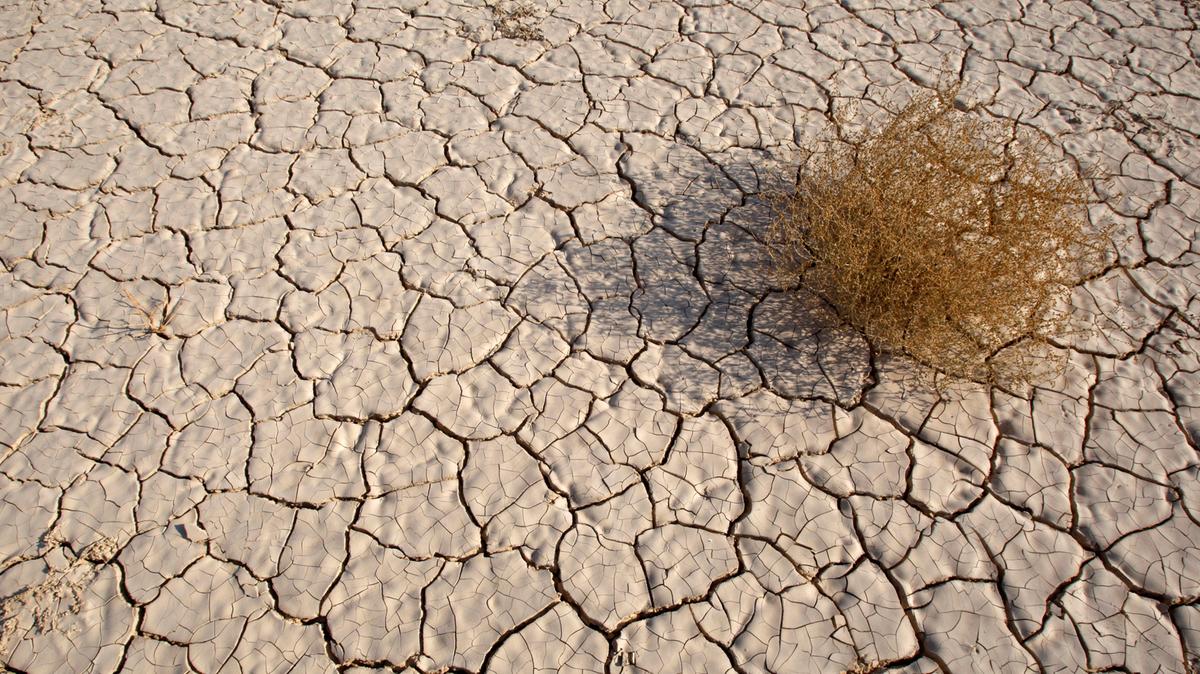
billions of dollars per year if global warming breaches the limits set by governments in a 2015 agreement to tackle climate change, scientists said.
Under the Paris climate pact, almost 200 nations agreed ton limit global temperature rise to "well below" 2 degrees Celsius above pre-industrial times, and pursue efforts to keep it to 1.5C. The planet has already heated up by about 1C.
In Badin, Jamshoro: Drought declared in 198 dehs
An international team of researchers analysed drought-related losses in 31 Chinese provinces and cities over the last 30 years, and looked at the potential social and economic impacts should global temperatures exceed the Paris limits.
In China, annual economic losses due to drought were an average $7 billion per year between 1984 and 2017, but global warming of 1.5C could see that figure rise to $47 billion annually, said the study published in the Proceedings of the National Academy of Sciences journal. A global temperature increase of 2C could see China's drought losses jump to about $84 billion each year, it added.
Su Buda, a researcher at the Chinese Academy of Sciences' Xinjiang Institute of Ecology and Geography, said the new research differed from previous studies on droughts because it was based on projections of China's future economic growth.
This week, the world's climate scientists are meeting with governments in South Korea to finalise a key UN report that will determine if and how global warming can be limited to 1.5C.
Last month, the United Nations' climate chief said governments were not on track to cap temperatures below 2C, and both the public and private sector needed to act with urgency to avoid "catastrophic effects".
The new study found that drought affected about a sixth of China's arable land from 1949 to 2017, with corn and wheat among the worst-hit crops. Areas that suffered most from drought over the last three
decades were located in a southwest to northeast belt, including
Inner Mongolia, Hunan, Yunnan, Hubei, Jilin, Anhui, Sichuan,
Liaoning, Guizhou and Shandong.
Should temperatures rise further, these provinces are likely to experience more intense droughts more often, scientists said.
"In this dry zone, there is a lot of poverty," said Jiang Tong, a co-author of the study and researcher at the National Climate Center of the China Meteorological Administration.
Stepping up efforts to reduce carbon emissions--including cutting down on fossil-fuel use--is important to ensure temperature rise stays below 1.5C, Jiang told the Thomson Reuters Foundation. Achieving that could reduce China's annual drought losses by several tens of billions of dollars, he added.
Drought tarnishing Khuzdar’s beauty
To ease the impacts of drought, authorities can introduce early warning systems, help farmers grow drought-resistant crops and fodder, and improve irrigation systems, he added.
Overall, extreme weather such as floods, droughts, heatwaves and tropical cyclones cost China about $47 billion in 2017, or 0.35% of its annual economic growth, researchers said.










1732354127-0/Untitled-design-(3)1732354127-0-270x192.webp)






COMMENTS
Comments are moderated and generally will be posted if they are on-topic and not abusive.
For more information, please see our Comments FAQ